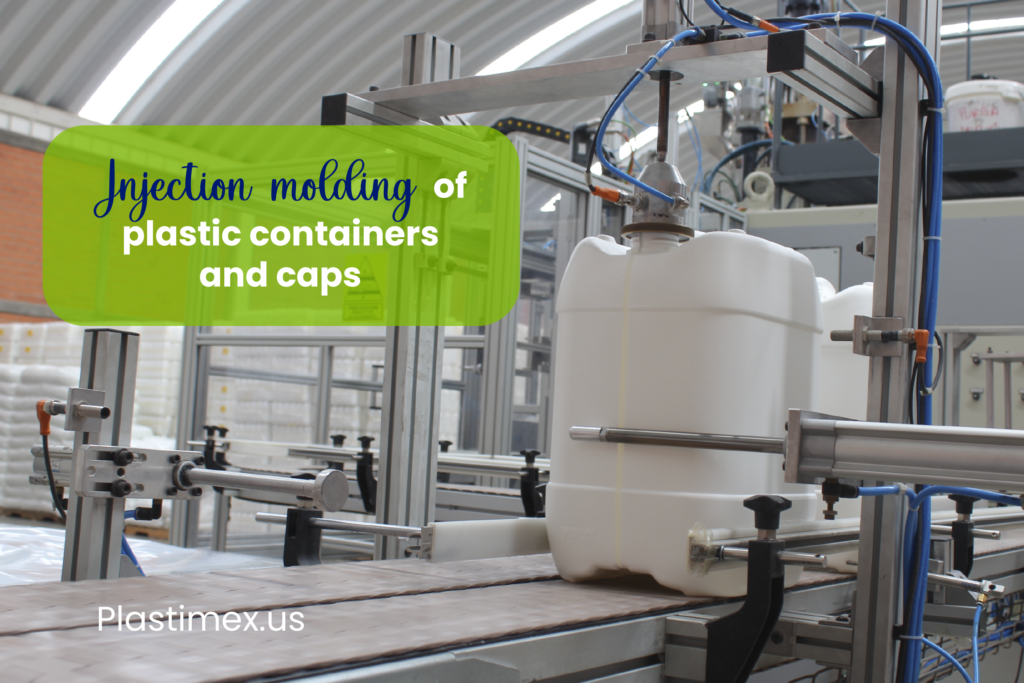Injection molding is a technique that is used around the world to manufacture containers with different plastics, such as High-Density Polyethylene (HDPE) and Polypropylene (PP). Currently, parts with specific requirements in mechanical behavior, weight reduction, wear resistance, electrical insulation, and chemical stability in the presence of aggressive products have found the best solution in this process, displacing traditional materials. Learn everything you need to know about injection molding.
A trip to the past…
In 1872, American inventor John Wesley and his brother Isaiah created the first injection molding machine. It was a simple machine that used a piston to push plastic through a hot cylinder into a mold. Years later, when the second world war broke out, the need to create cheap and mass products increased, so in 1970, James Watson Hendry created the first screw injection molding tool and it became popular for its precision and better quality of production. Later he developed the first gas-assisted injection molding system, which made it possible to manufacture complex parts that could be cooled quickly and greatly improved the flexibility and strength of the manufactured objects.
Currently, injection molding is one of the main techniques used throughout the world to manufacture quality plastic parts at low cost.
What is injection molding?
Is a method of obtaining plastic containers by injecting the molten material by heat into a mold. The injection molding machine is made up of three parts, the clamping unit, the injection, and a cooling system. Within the control panel, parameters such as speed, pressure, temperature, and times can be configured, which are critical in the process for the production of parts with the requested quality.
The process consists of the following: First, the resin is placed in a hopper that will enter the injection system to start the melting or heating process, the temperature is generated by the friction of the screws and the walls of the barrel, the second is that Have a heating band that heats the resin to the desired consistency. Once the appropriate temperature is reached, the molten plastic is placed in front of the screws to be injected into the mold. The machine must be cleaned beforehand to avoid contamination of the new parts at the time of injection.
Advantages of injection molding
Some of the main advantages offered by this technique are:
- Greater accuracy
- Manufacture of containers with better complex details
- Automation Process
- Production cost reduction
Where can you buy containers?
At Plastimex our priority at all times is to maintain a high-quality standard in each of our containers manufactured with the injection molding technique. Thanks to our innovative machinery and constantly updated staff, we offer the best container for your product. Contact us and our experts will gladly counsel you.

